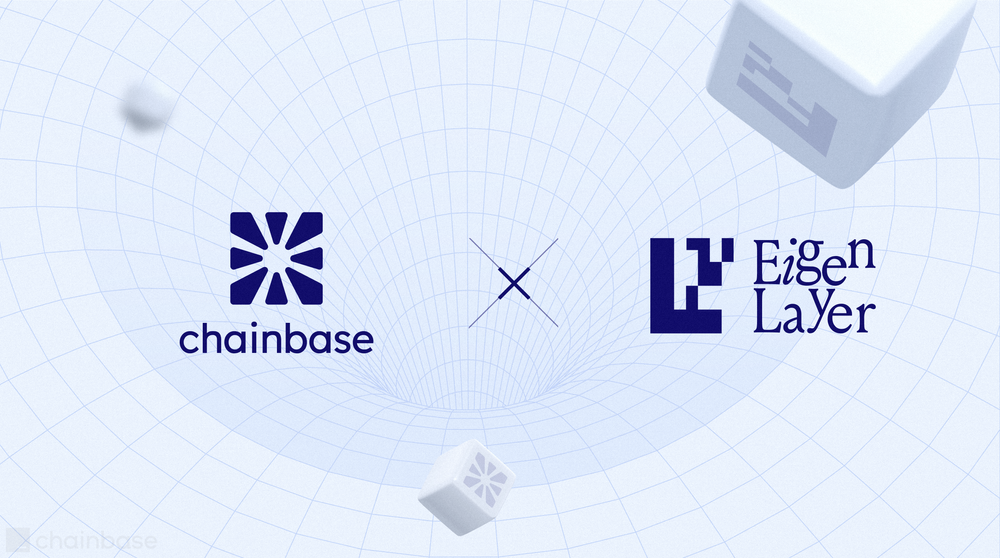I. History of NFT Development
The world of cryptocurrencies has witnessed a revolutionary concept with the advent of Non-Fungible Tokens (NFTs). These unique digital assets have gained widespread popularity for their ability to represent ownership of digital or physical items on the blockchain. To understand the current landscape of NFTs, we must delve into their history of development.
In the early days of the Ethereum ecosystem, the ERC-20 standard dominated the token landscape, facilitating the creation of fungible tokens for various projects. However, the need for unique and indivisible assets paved the way for the introduction of ERC-721 in 2017. This groundbreaking standard enabled the creation and trading of NFTs, revolutionizing digital ownership and collectibles.
Two years later, in 2019, the ERC-1155 standard was proposed, presenting a significant advancement in token technology. Unlike its predecessors, ERC-1155 combined both fungible and non-fungible tokens, offering developers more versatility and efficiency in token management.
II. Features of ERC-721 Standard
ERC-721 brought a new paradigm to the Ethereum blockchain by introducing a set of features tailored explicitly for NFTs. Some key features of the ERC-721 standard include:
- Token Transfers Between Accounts: ERC-721 allowed the seamless transfer of unique tokens between different accounts, ensuring smooth ownership transitions.
- Querying Total Supply and Token Owners: With ERC-721, it became possible to query the total supply of a particular NFT and identify its current owner. This feature proved invaluable for tracking and managing NFTs within decentralized applications.
- Early Adoption by Projects Like CryptoKitties: One of the earliest NFT projects, CryptoKitties, utilized the ERC-721 standard to create and trade unique digital cats. The game's immense popularity was instrumental in establishing NFTs as a vibrant part of the blockchain space.
III. Features of ERC-1155 Standard
As the Ethereum ecosystem continued to evolve, the limitations of the ERC-721 standard inspired the creation of ERC-1155. This new standard introduced several features that addressed the shortcomings of ERC-721 and added novel functionalities, including:
- Supports Batch Transfers: ERC-1155 enabled batch transfers, allowing multiple tokens to be sent in a single transaction. This feature significantly reduced gas fees, making it more cost-effective for users to manage their NFTs.
- Supports Both Fungible and Non-Fungible Tokens: Unlike ERC-721, which exclusively dealt with NFTs, ERC-1155 accommodates both fungible and non-fungible tokens within the same contract. This versatility opened up new possibilities for token developers.
- Supports Semi-Fungible Tokens: ERC-1155 even introduced the concept of semi-fungible tokens, which combine features of both fungible and non-fungible assets. This innovation enabled the creation of tokens that are partially interchangeable and partially unique.
- Allows Reversing Erroneous Transfers: ERC-1155 introduced the ability to reverse erroneous token transfers. This feature proved invaluable in cases where users mistakenly sent tokens to the wrong address.
IV. Comparison between ERC-721 and ERC-1155
Both ERC-721 and ERC-1155 standards have played significant roles in shaping the NFT landscape, but they have fundamental differences. Here's a comparison of the two standards:
- ERC-1155 is More Versatile: While ERC-721 only supports NFTs, ERC-1155 accommodates both fungible and non-fungible tokens. This enhanced flexibility makes ERC-1155 more suitable for various use cases and could potentially become the future standard for token development.
- Batch Transfers Reduce Transaction Costs: The batch transfer feature of ERC-1155 significantly reduces gas fees, making it more economical for users to manage multiple tokens in a single transaction. This efficiency has been warmly welcomed by the NFT community.
V. NFT Development Resources
For developers and enthusiasts interested in exploring NFT development further, several resources are available to guide them:
- Chainbase**'s NFT API and Tutorials:** chainbase offers comprehensive NFT-related APIs and tutorials. These resources provide valuable insights and assistance in creating NFT-based applications.
- Joining Discord Community: Discord communities have become vibrant hubs for crypto enthusiasts and developers. By joining these communities, aspiring developers can connect with experienced professionals, share ideas, and receive support as they venture into the world of NFTs.
In conclusion, the development of NFTs has come a long way, and both ERC-721 and ERC-1155 have contributed significantly to this fascinating space. With ERC-1155 offering enhanced versatility and cost-effectiveness, it stands as a strong contender for shaping the future of token standards in the blockchain world.
FAQs (Frequently Asked Questions)
1. What are NFTs?
NFTs, or Non-Fungible Tokens, are unique digital assets that represent ownership of digital or physical items on the blockchain.
2. When was ERC-721 introduced?
ERC-721, the standard for NFTs, was introduced in 2017, revolutionizing the concept of digital ownership.
3. What is the significance of batch transfers in ERC-1155?
Batch transfers in ERC-1155 allow multiple tokens to be sent in a single transaction, significantly reducing gas fees and improving efficiency.
4. Can ERC-1155 support both fungible and non-fungible tokens?
Yes, ERC-1155 is versatile enough to support both fungible and non-fungible tokens, providing developers with more options for token creation.
5. Which standard may become the future standard for NFTs?
ERC-1155's versatility and cost-effectiveness make it a strong candidate to become the future standard for NFT development in the blockchain space.
About Chainbase
Chainbase is an all-in-one data infrastructure for Web3 that allows you to index, transform, and use on-chain data at scale. By leveraging enriched on-chain data and streaming computing technologies across one data infrastructure, Chainbase automates the indexing and querying of blockchain data, enabling developers to accomplish more with less effort.
Want to learn more about Chainbase?
Visit our website chainbase.com Sign up for a free account, and Check out our documentation.
Website|Blog|Twitter|Discord|Link3






